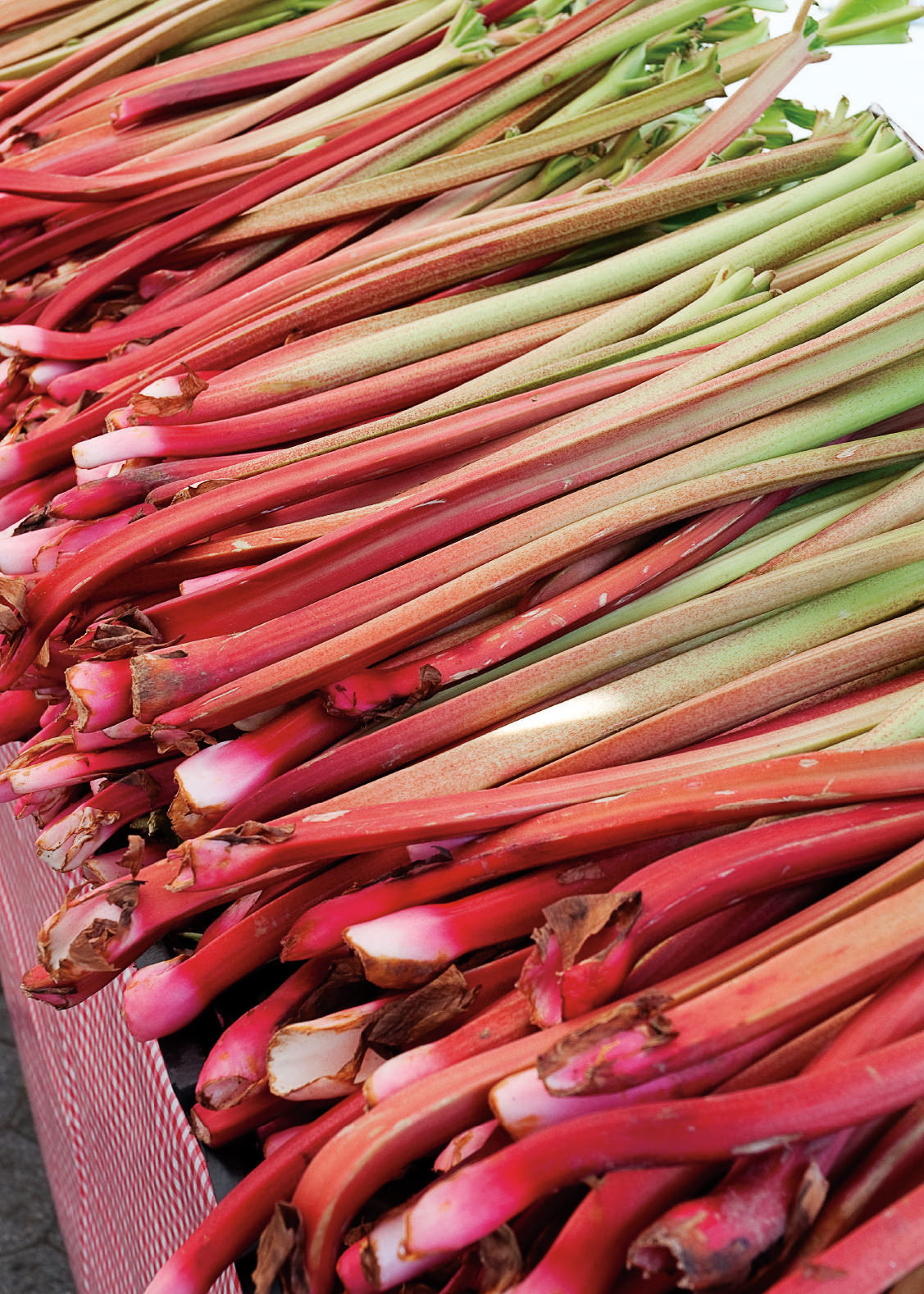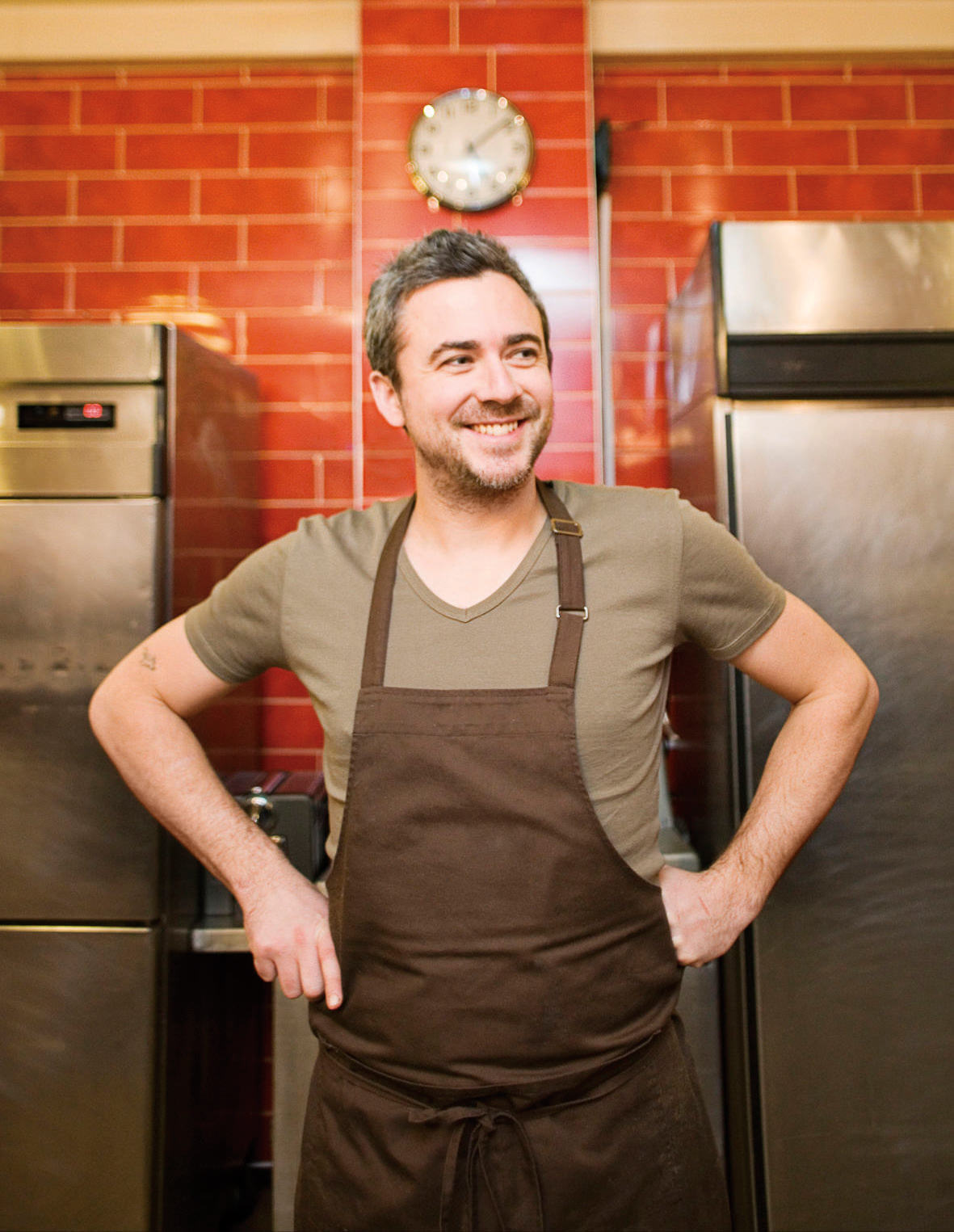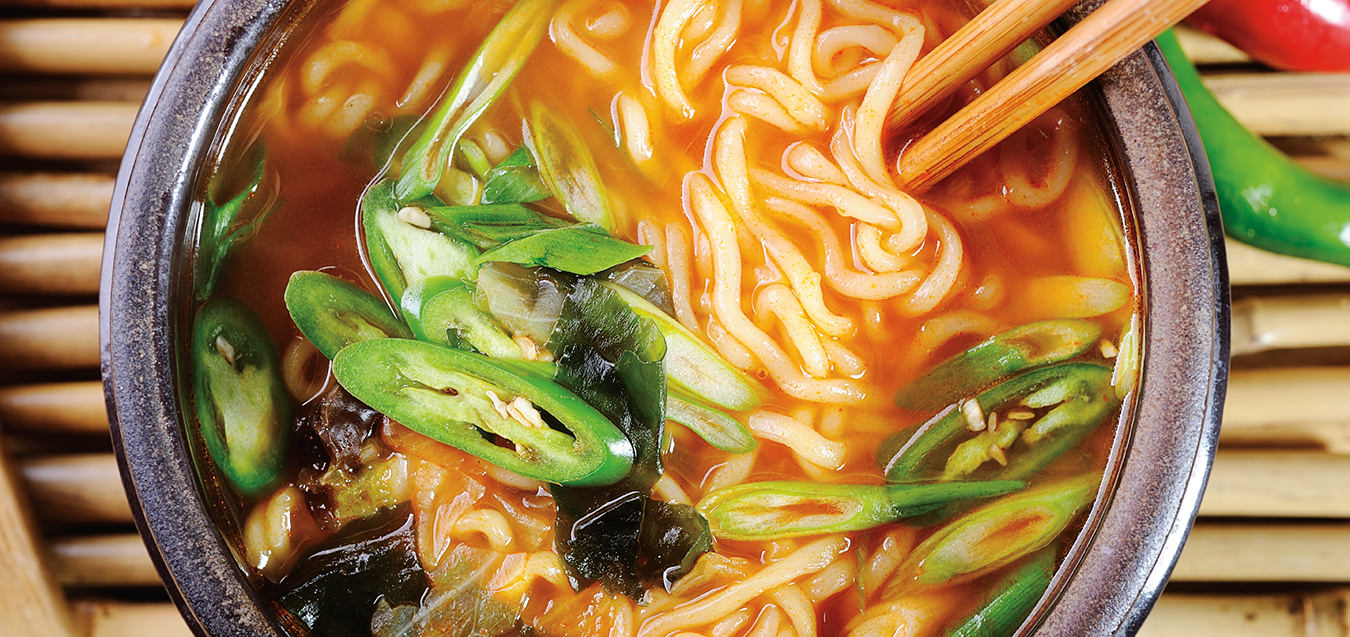-
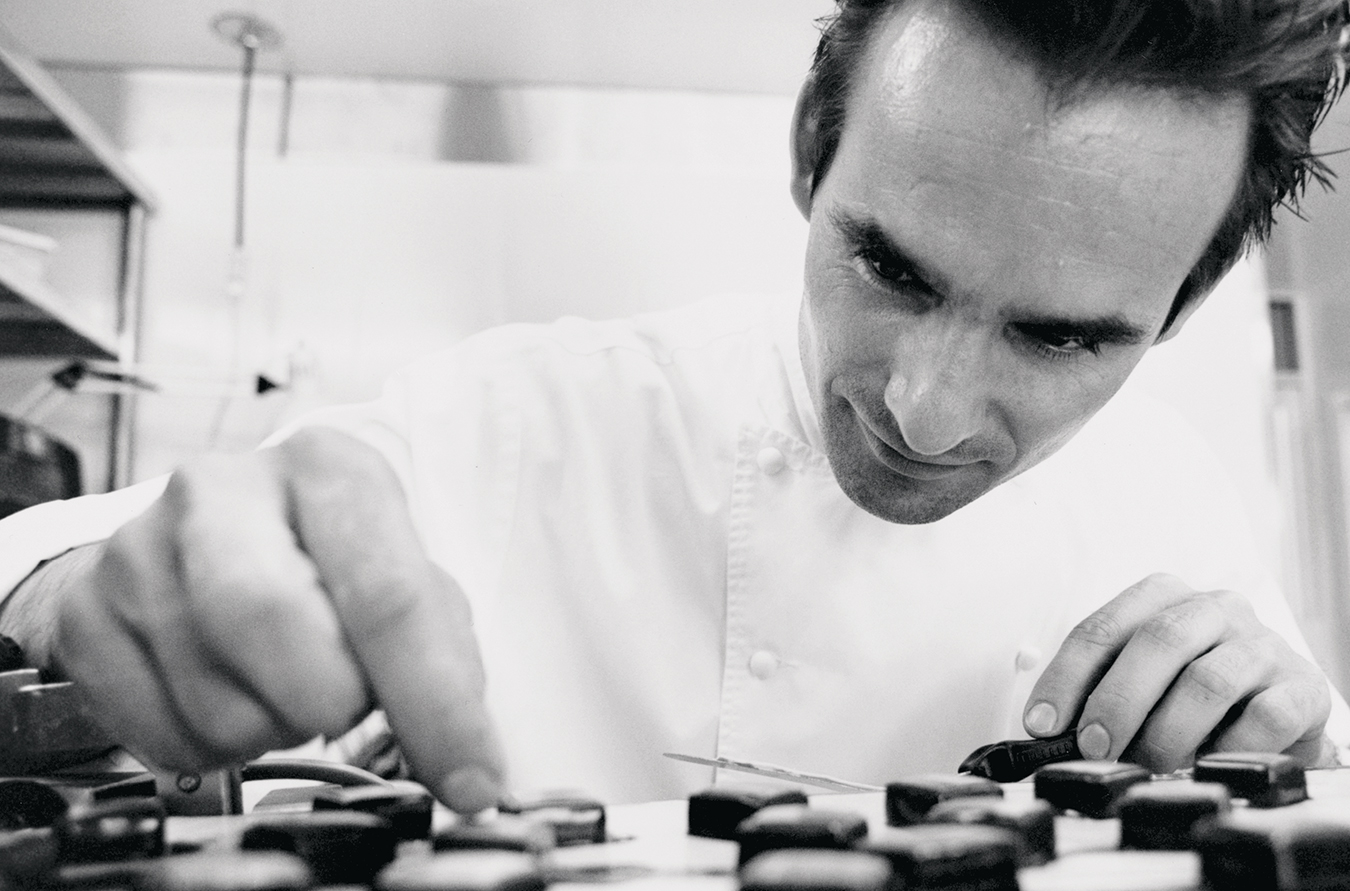
Thomas Haas.
-
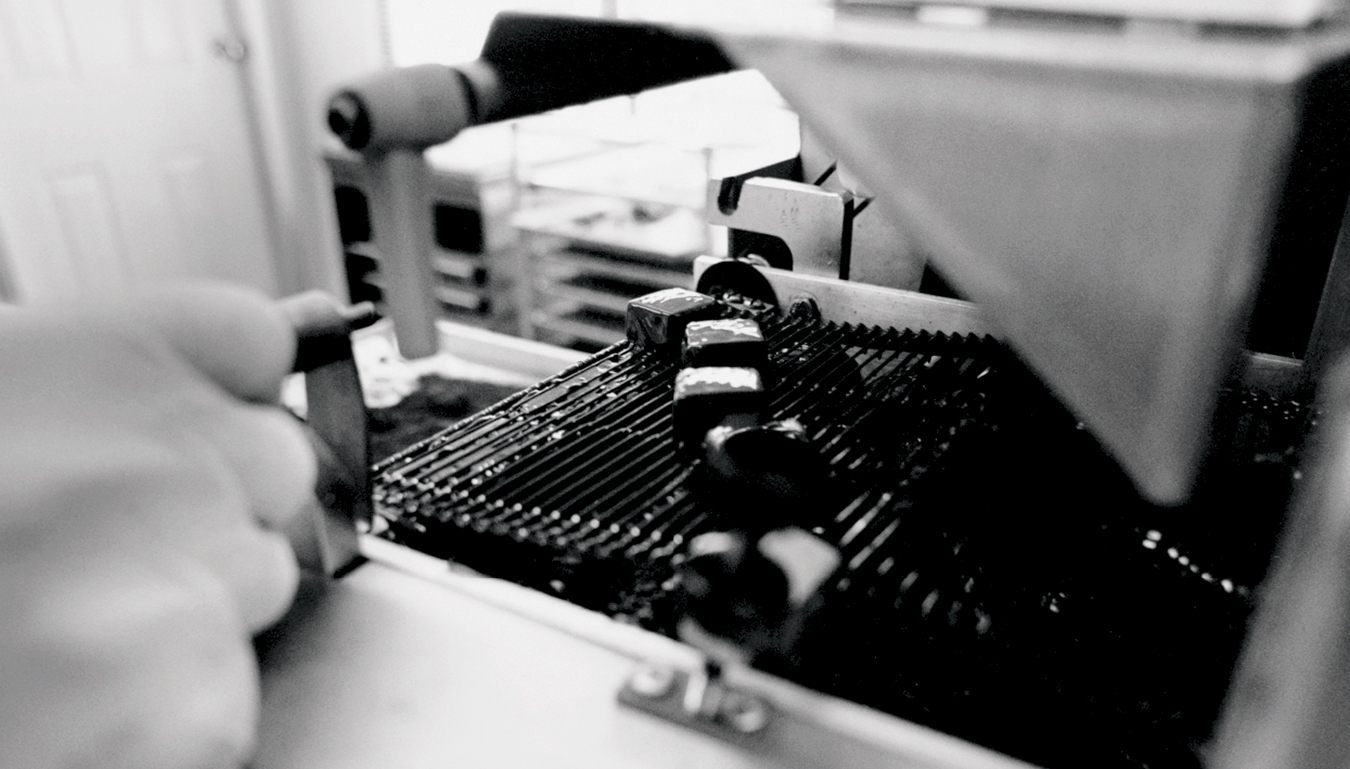
Inside Thomas Haas’s chocolate factory.
-
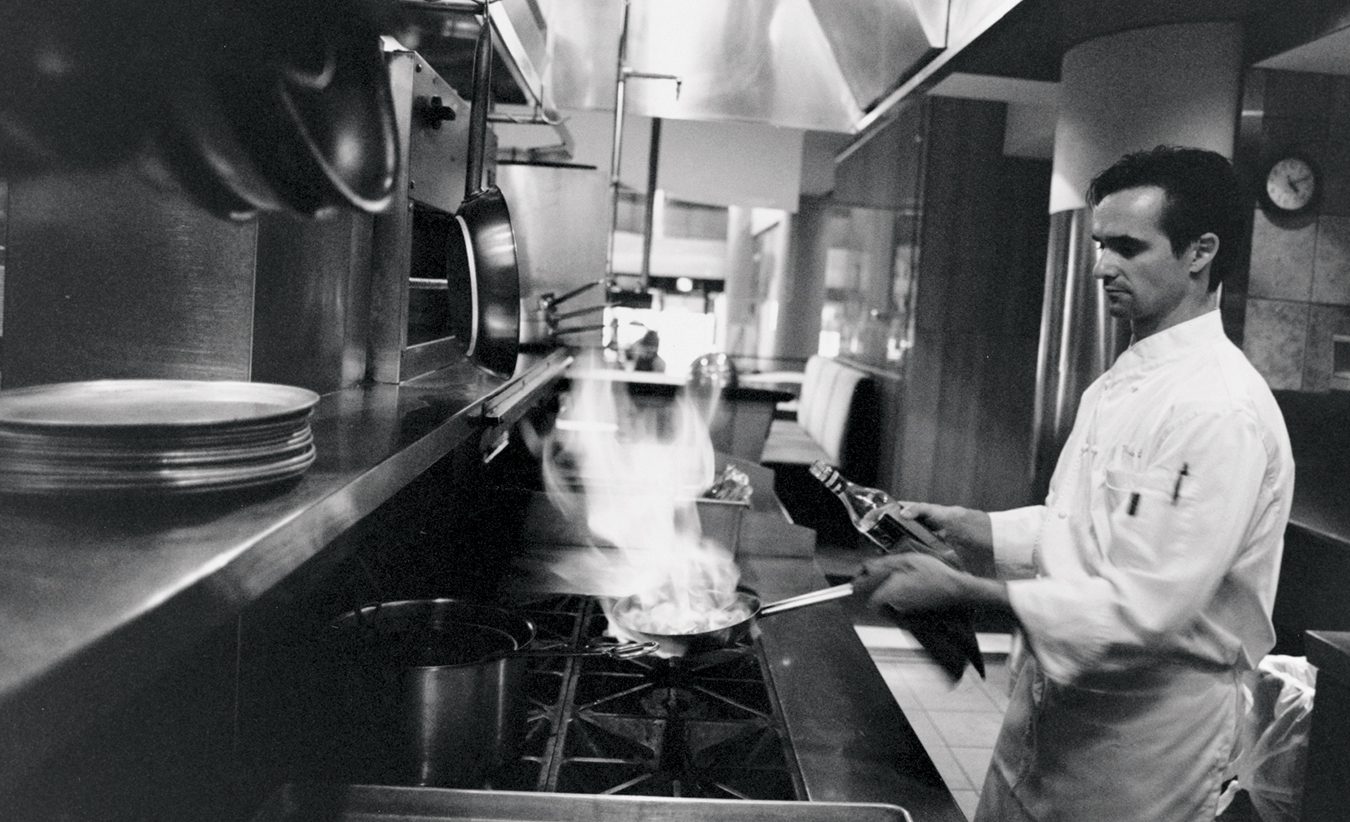
Thomas Haas in the kitchen at Diva.
-
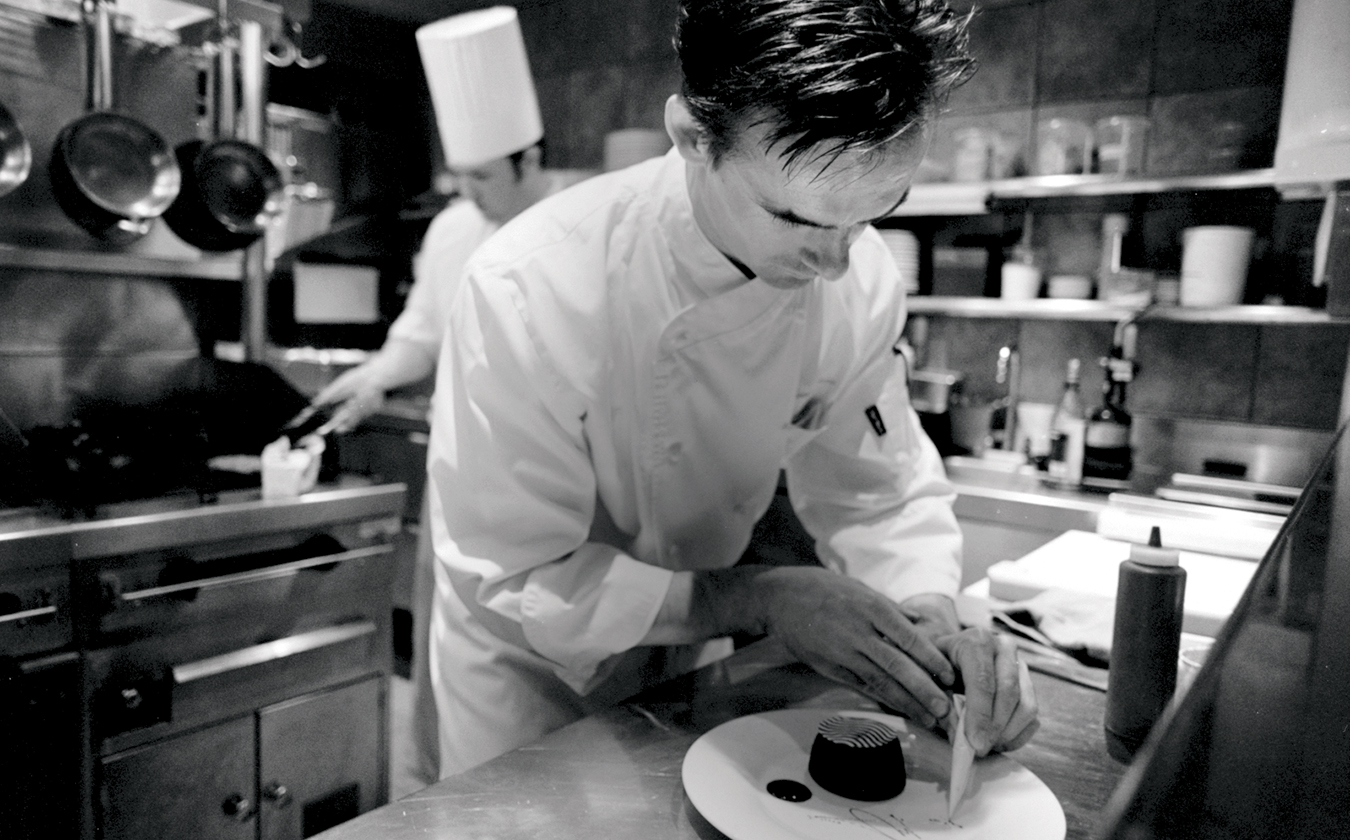
Thomas Haas plates a dessert at Diva.
Thomas Haas
Travelling chef.
It was in Daniel Boulud’s skybox, where the great chef oversees his kitchen domain, takes select calls, does business, consumes his quick lunch. He chats, convivial and breezy, all the while casting his eye onto the floor below, where carrots, beans, mushrooms, shallots are being precisely chopped, all by hand. The topic of pastry comes up, as it inevitably will in a fine French restaurant on any continent whatsoever, but I suspect more so in North America. The name is dropped: Chef Daniel looks me straight in the eyes, his own watering ever so slightly, so much as his Gallic upbringing will allow him in front of a stranger, and he murmurs “Thomas? You know Thomas?”
Yes. And so do a lot of other people. Though many have had the privilege of eating his desserts and chocolates, should you have the chance to meet him, you would find Thomas Haas formidably funny, measurably modest. He made a reputation with the Four Seasons in Vancouver, but had grown up in the Black Forest of Germany, near Freiberg. “I started at 16; I just did what I was told. I learned from a master, but he was old school. He’d see a piece of fruit a bit out of place and he’d throw the whole cake at the wall, or at the person. Very difficult, but he knew a lot. From there, I joined a restaurant which had a food expert, seemed to know everything. And with him I learned the elements of fine taste, and for pastry. I loved it, but the true passion only comes later.” In a tale worthy of LeCarré, Thomas was recruited out of Europe by the Four Seasons Chicago, then Vancouver.
Thomas, as everyone who has met him knows, has a profound, irrefutable sense of humour. He was met at the Calgary airport once, in mid-October. He announced “I’m the pastry chef, here for the Stampede competition.” Blank stare in return. “You know, where they have all the cows and horses and pancakes and so on?” Finally some giggles. At the 2003 Canadian Wine Awards held at Diva, Thomas’s home restaurant these days, he introduced the wine matches with his desserts by saying “I see by the tasting notes that some of these wines are as complex as my desserts. But I will take a lot longer to explain the matches, so we may have to skip dinner.”
Humour is a form of discourse; his chocolates and pastries are another. He recalls his time at Daniel in New York fondly, but most of all for the formidable challenges of volume measured against quality. He learned how to never compromise on either. “Three hundred covers a night, impeccable service, and Daniel, he’s crazy you know? He wanted two desserts and a little chocolate teaser for every person. So, sometimes 600 desserts in one evening. I lost my voice, screaming for attention there, because some desserts, not just soufflés, need exact timing to the table, like risotto. I finally got a bell, which I used when something had to get to the table. Then I didn’t have to scream anymore.” Two years there, “and I was sad to leave, but I had two very young children, and for my wife and I it was a lifestyle choice.” He had already worked at Traube, a Michelin 3-star in Germany’s Black Forest, where there were 35 covers, 12 cooks and four pastry chefs. So he knew about the attempt at perfection. But to try this in a formidably busy place was a different matter. “They used to say if you can make it in the Black Forest you can make it anywhere. But after my first week with Daniel, I was calling them all and saying ‘If you can make it here you really can make it anywhere.’” And that is what the very busy Thomas is doing.
He awakes at five o’clock every morning “precisely five, okay? I’m German.” He’s at the chocolate factory (a new, much larger facility is being built for a mid-2004 opening) by six, and with Lisa, his lone assistant “nope, I’m his flunky”, he makes 10,000 chocolates, every one by hand, each week. They are delivered to some notable restaurants in Vancouver, certainly, but also FedExed to hotels in Chicago, Miami and Seattle, each of which orders to its own specifications. He uses Valrhona chocolate; the bulk chocolate required ranges from a low of $3.00/kilo to Valrhona’s asking price of $25/kilo. Thus it is that for certain kinds of chocolates and desserts, he is always experimenting with high quality but less expensive bulk products. “I need to make the decision. It is always a struggle between your passion and the business reality. We sell to a certain clientele and you need to know them and accept it. We can never do volume. And, you know, the level of appreciation for this kind of product is probably greater in Canada than in Europe right now.” Even so, he acknowledges, “eight out of ten customers cannot tell the difference between the very best and one step down. So, I simply do it at a level where I can personally stand behind the product.”
So, there stands the Savyo Goiseau enrobing machine, with a mechanical feeder, which he doesn’t use. “I prefer to feed the line by hand. That way I know each piece will be right.” There is a Stephan mixer, which emulsifies the chocolate mixture, and most vitally, takes out all the air. This means Haas chocolates can, and are, made with no preservatives, stabilizers, or chemicals of any sort. 100% fresh, 100% natural. There is a “guitar”, for cutting the ganaches (centres), a day of crystallization, then the enrobing. The extra day allows the centre to hold the chocolate better. There is a truffle-filling machine as well, “hygienic and efficient. I love it.” The chocolate-making schedule is concise, because that is of course only a part of Thomas’s day.
He makes product for Senses Bakery in Vancouver, and all the desserts for Diva at the Metropolitan Hotel. There, he builds a plate consisting of chocolate cake, white chocolate top, chocolate drizzle, chocolate sorbet, and guess what the shavings are made of? He explains the process: “I worked for a chef in Switzerland once, who was really crazy about making the plate. I think it got in the way of the flavours, actually. So for me, it is important to stay simple, pleasing to look at but never interfering with the flavours.” And what flavours. The various versions of chocolate are all different, in texture, sweetness, even temperature, forming a massively pleasing assault on the palate. Impossible not to eat the whole thing.
There is a glass of jelly topped with coconut panna cotta, but not just any jelly. It is raspberry, steamed for days to release its essence, which is vividly there when you eat it. Or Pina Colada on a plate; pineapple, coconut, rum, juice gellée, coconut granité, coconut wafer. An instant classic that is being done all over the world, now. Or Black Forest cake in a glass. “You need to be creative, without screwing it up. So, you need to know the rules, the techniques, first. Then you can use your imagination, and make things happen.” Anthony Gismondi, Canadian wine writer, tells the story of a Four Seasons dinner for the CEO of Veuve Cliquot Champagne. “The dessert was a flourless chocolate cake, but they served the head table cakes that had an exact replica, colour and shape, of the Veuve Cliquot label. We were all amazed. But then the rest of the tables were given the same thing. Seventy-five cakes, all done that way, absolutely perfect. Just amazing. The people from Veuve said they’d never had such a special dessert.”
His day often doesn’t end until the desserts roll out at Diva, around 10 p.m. or so. So it is a pretty exhausting regimen, and all done at the highest levels, and with a lot of fun thrown in. But at the centre of it, Thomas has a simple philosophy. “You can’t work at 70 percent in one place, and then turn it on, to 100 percent, somewhere else. You have to work hard all the time. This is what I did, from 16 on. The passion develops later, and you choose your own luck.” If you have the opportunity, try for yourself. But having had the distinct pleasure of tasting many dozens of Thomas Haas desserts, I’m willing to gently suggest to him, and to you, that it doesn’t look, or taste, like luck at all.

